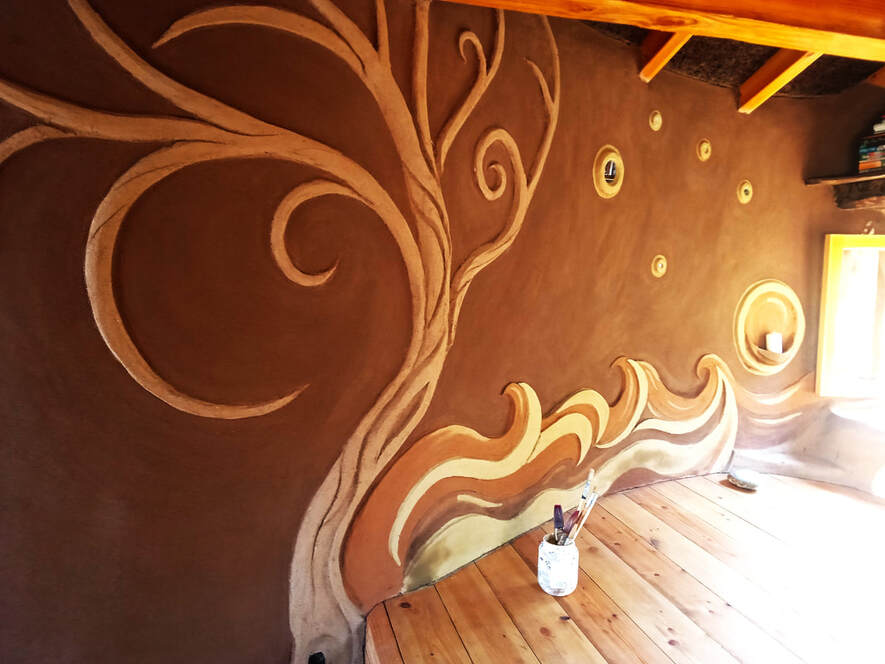AJB Temple
Sequoia
- Joined
- Apr 15, 2019
- Messages
- 5,777
- Reaction score
- 98
- Name
- Adrian
This is why I asked the question. My experience is similar and the only walls I've seen it used on looked like a dried up cracked lake bed a week after application.So shall I. It wasn't a roaring success in the only building I've ever specified it for. It shrinks as it dries, and the wetter it is, the more it shrinks. So, apply it as dry as you dare........and then it's difficult to work. The builder thought they'd got a good finish, and came back after the weekend to find it had crazed all over. The area here is so tiny that it will work fine, but I'd be cautious if it was a bigger project.
Japan has a radically different climate, and maybe so does Gary, so results may be different.


















